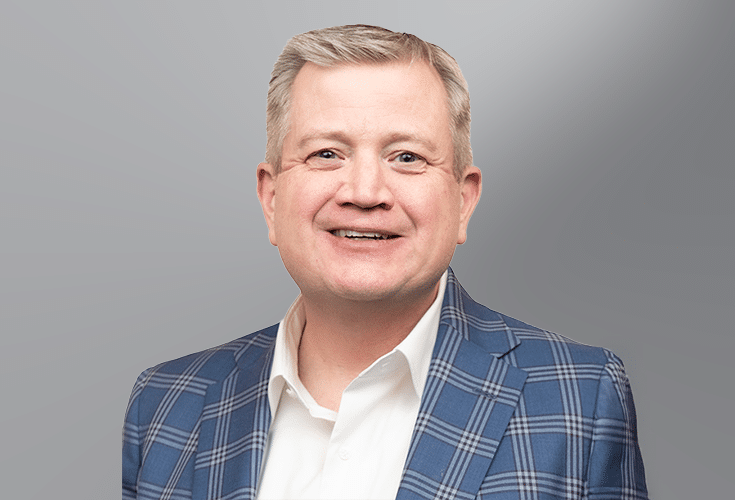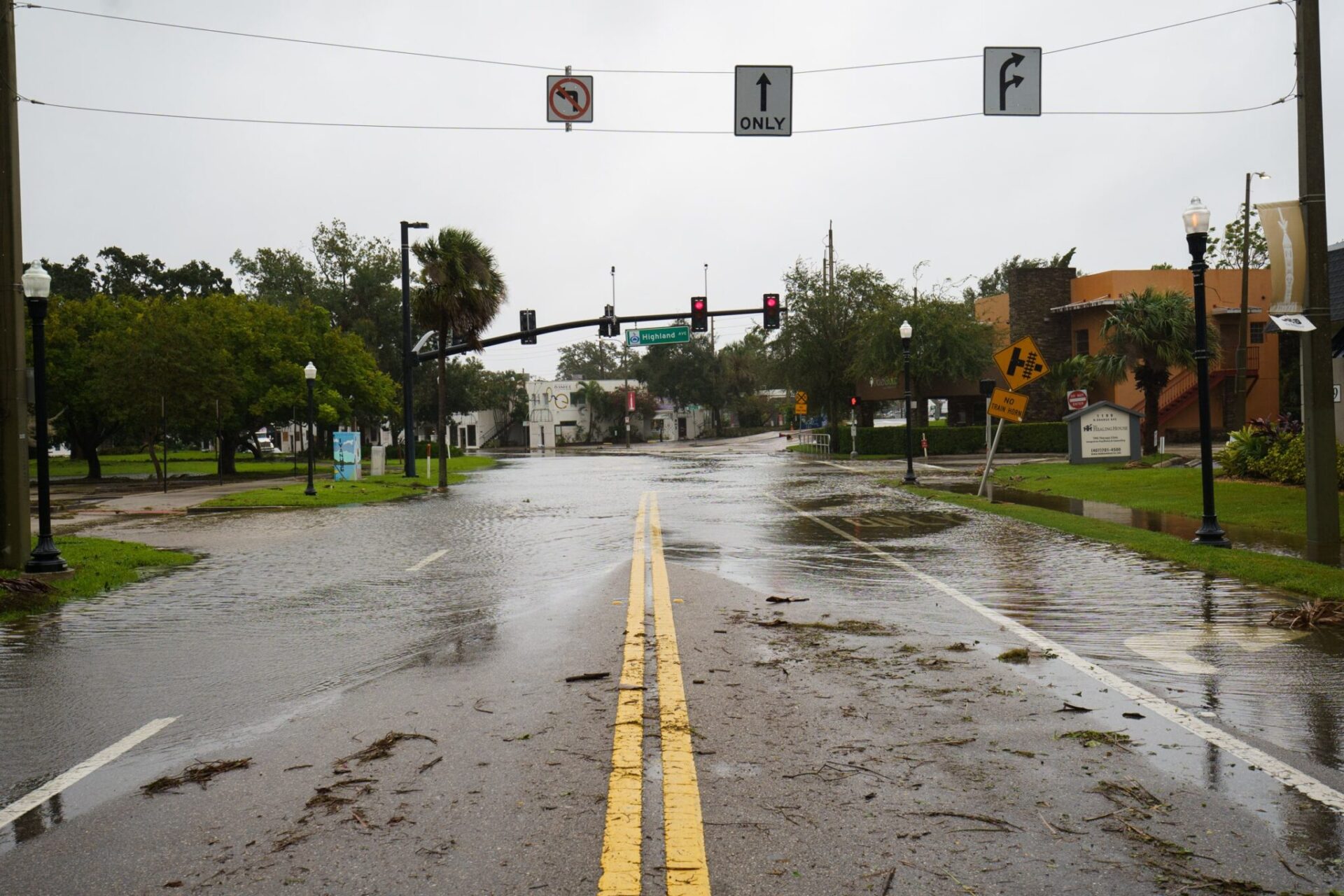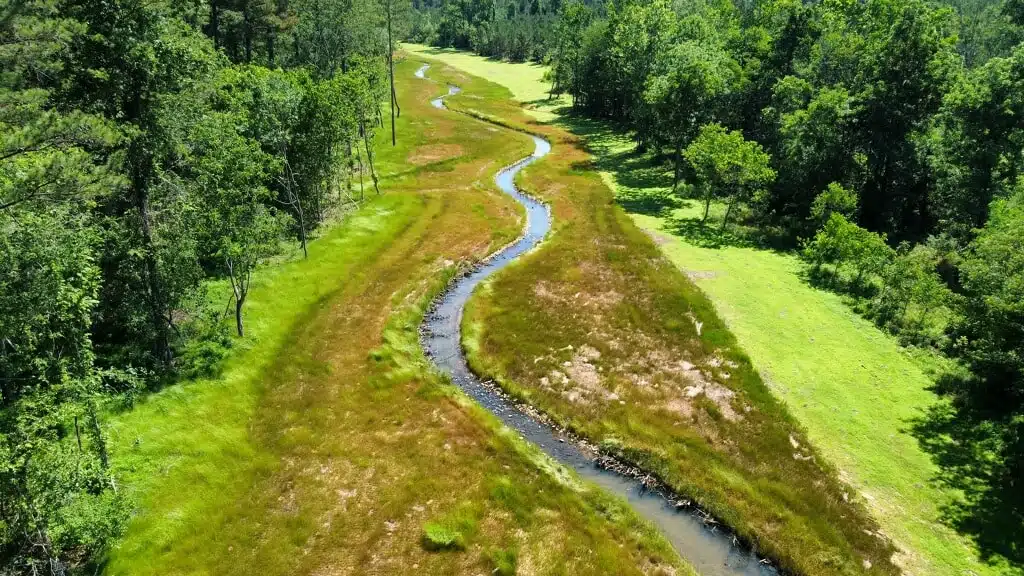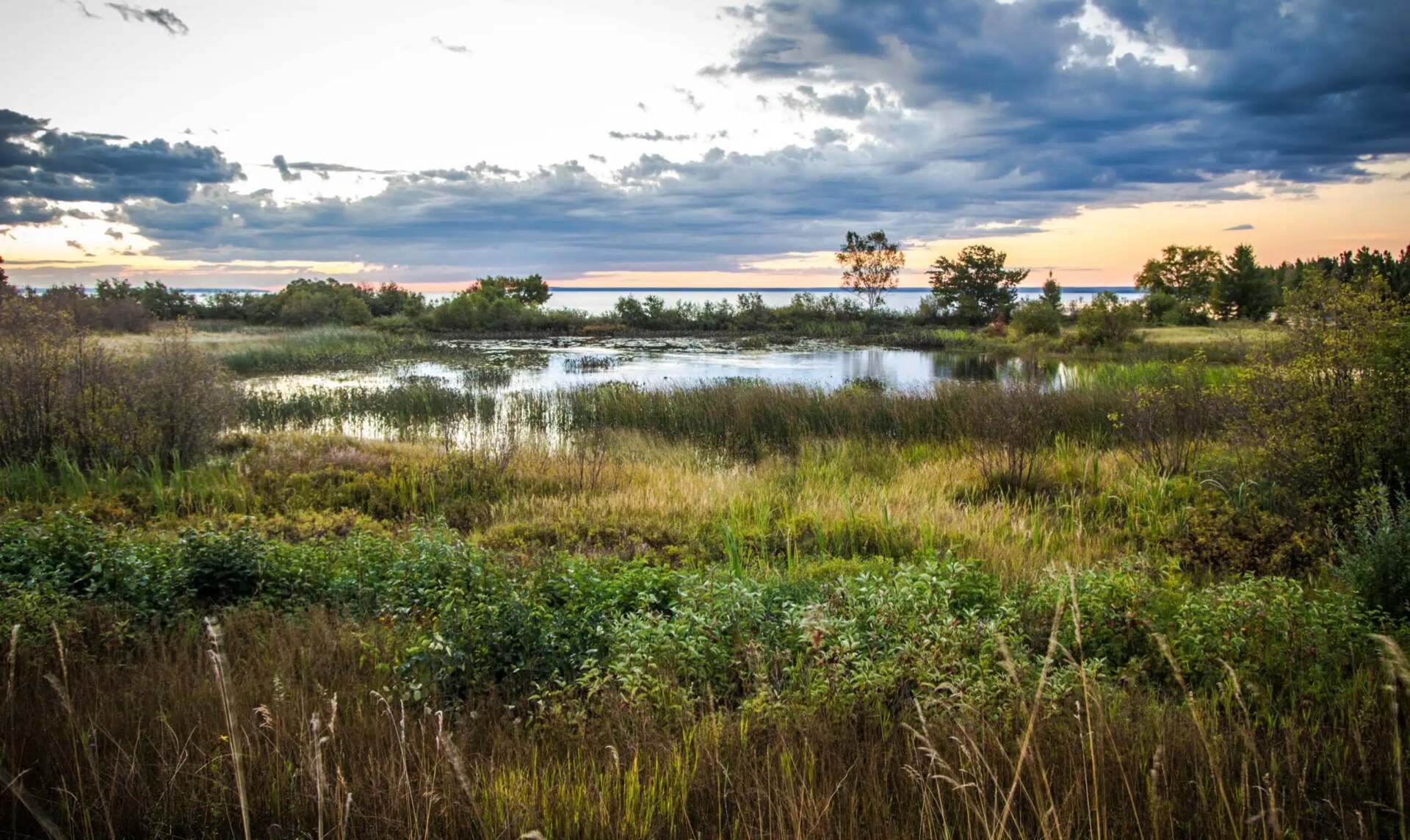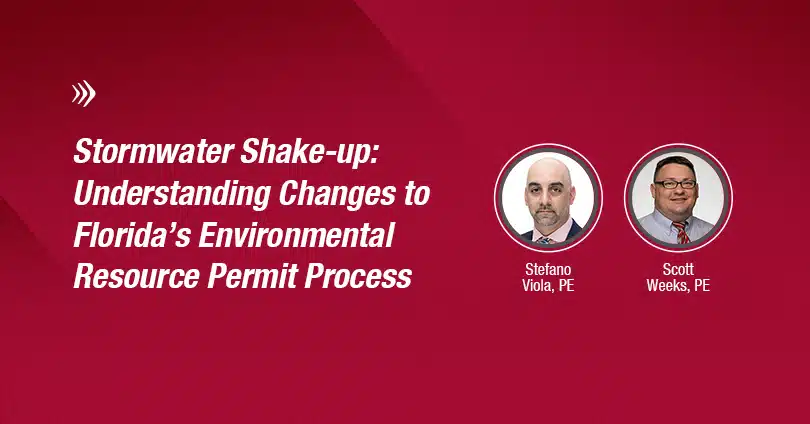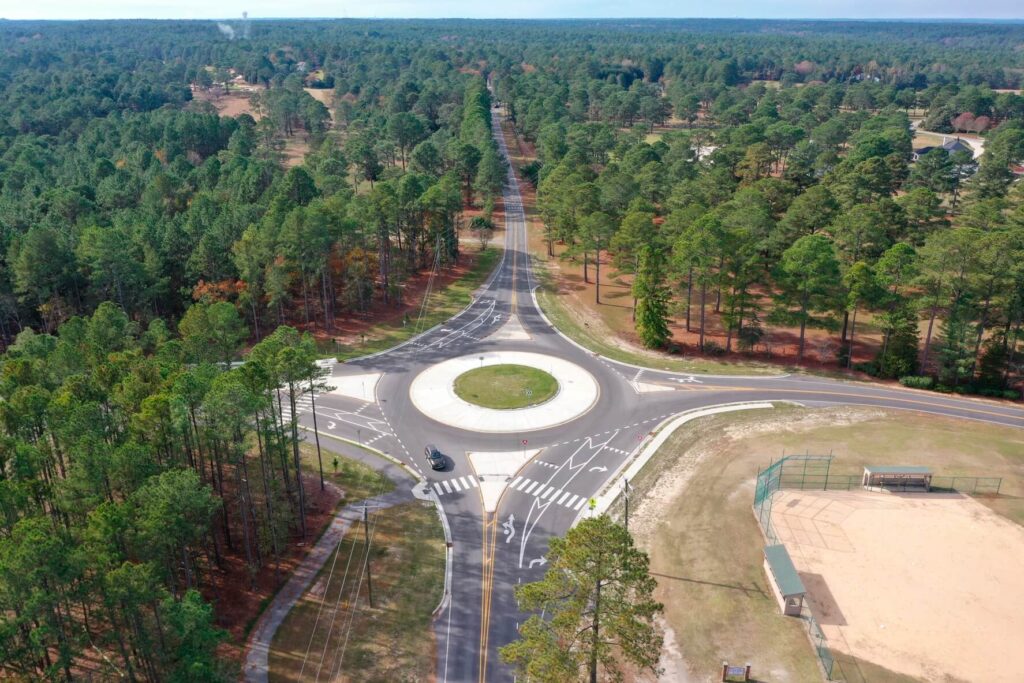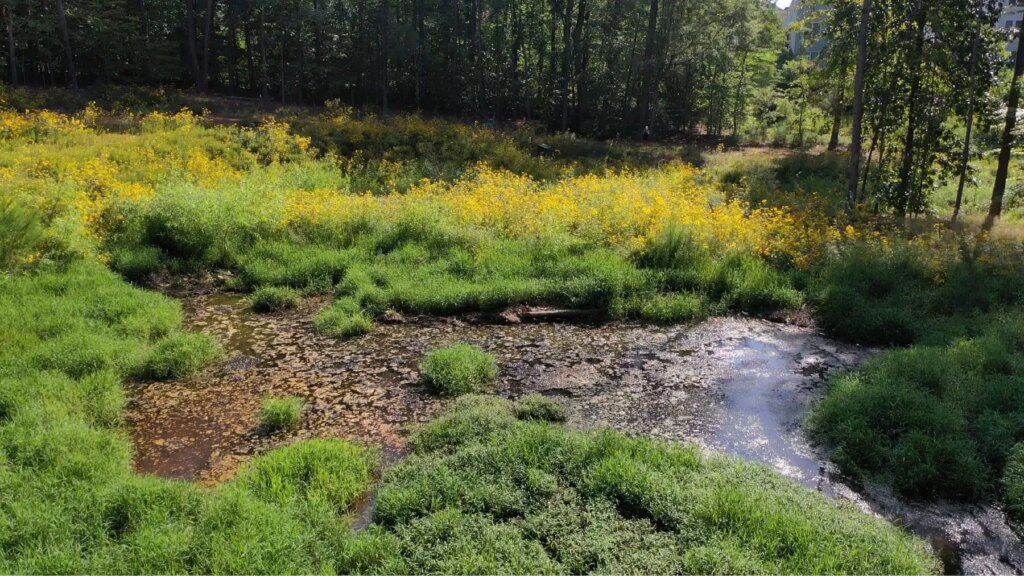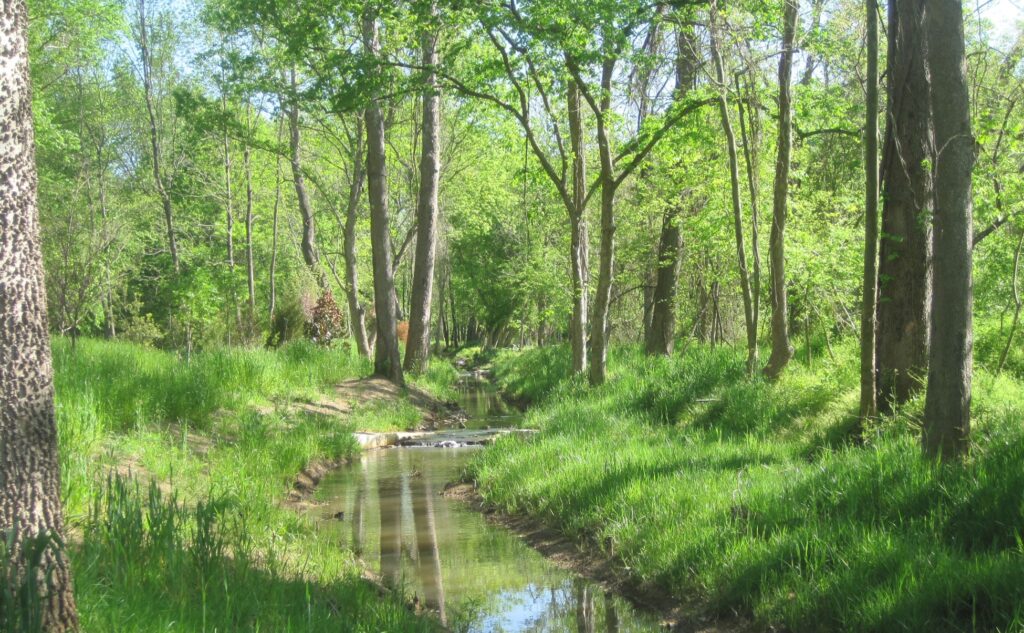Stream Restoration – Creating Joy
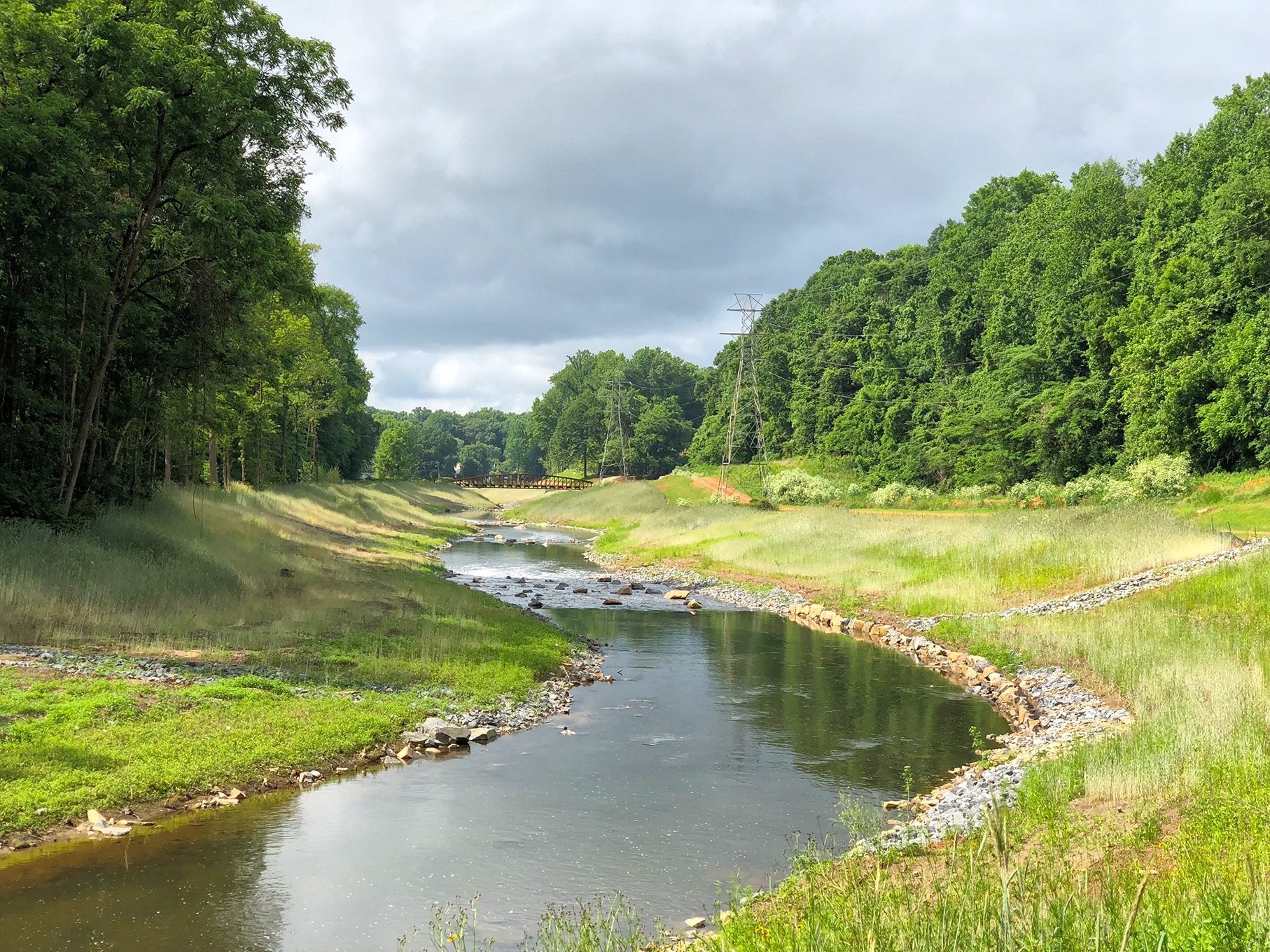
We are naturally inspired, calmed, and generally made happier by being on or around a large stream or river—playing in it, walking next to it, hearing it, painting it, fishing in it, writing about it, and creating memories around it, says Wallace J. Nichols in his book Blue Mind: The Surprising Science That Shows How Being Near, In, On, or Under Water Can Make You Happier, Healthier, More Connected, and Better at What You Do. Using scientific research, he explains why this is: we experience a deep emotional response separate from cognitive processes when around water.
This response stems from our subconscious and our emotions. It comes from the oldest part of our brain that is linked to both birth (the womb of our mothers) and our survival (water is life).
As a stream and river restoration practitioner, it is fun to generate positive emotional responses by designing pleasing natural systems that people can connect to. These projects encourage people to love and care for our creeks, rivers, and watersheds in a meaningful way, which may create behavioral and policy changes, and more investment in watershed restoration. What would happen if people reconnected with our large urban streams and rivers, interacting with them weekly? It might look like this:
- A community full of stream watchers and river keepers that report strange colors, turbidity, or smells.
- A public that would not stand for pollution in the river in which they or their children play or fish.
- Voters willing to support policy and investments to improve our watershed and protect the rivers and streams that bring them joy.
I have historically done a lot of work in Charlotte where both the City and Mecklenburg County have made investments in both large and small streams. However, nationally there has not been a large focus on developing a proportional amount of infrastructure spending on restoration and recreation efforts at rivers and streams. When stream restoration is done, it typically focuses on rural and small stream projects. Why might this be the case?
- Research shows that restoring smaller streams at the top of the watershed will help those waters and have positive impacts on water quality and stream ecology downstream.
- Restoring small streams in more rural areas is typically cheaper.
- Restoration projects on small streams are less likely to fail.
- Much of restoration has been driven by compensatory mitigation credits (foot for foot credit ratios) so the reasons above are influenced by economics and policy.
But those reasons don’t tell the whole story. Sure, they are based on good science (ecology, biology, geomorphology, hydraulics, economics, etc.), but maybe not all the scientific disciplines that should be considered, including neuroscience and social science. Let’s be honest, most of the public doesn’t get inspired by an intermittent or small first order stream restoration project in a cow pasture in the middle of nowhere, no matter how well-executed. All they see is a “shrubby ditch.” However, when a larger stream that has natural riffle-pool sequences, native trees, stable low flow, great sound, connections with overlooks, trails, and maybe a canoe launch is restored, there’s a good chance it will hit that emotion and spark joy.
My opinion on stream restoration is evolving. I believe that to truly restore our streams, rivers, and watersheds we need to use good science, including neuroscience. To change policies and create investments, we may want to find the right mix of projects that tap into emotion. These projects, combined with holistic watershed approaches, may achieve long-term results. I believe this could lead to healthier and happier natural environments and people. What do you think?
